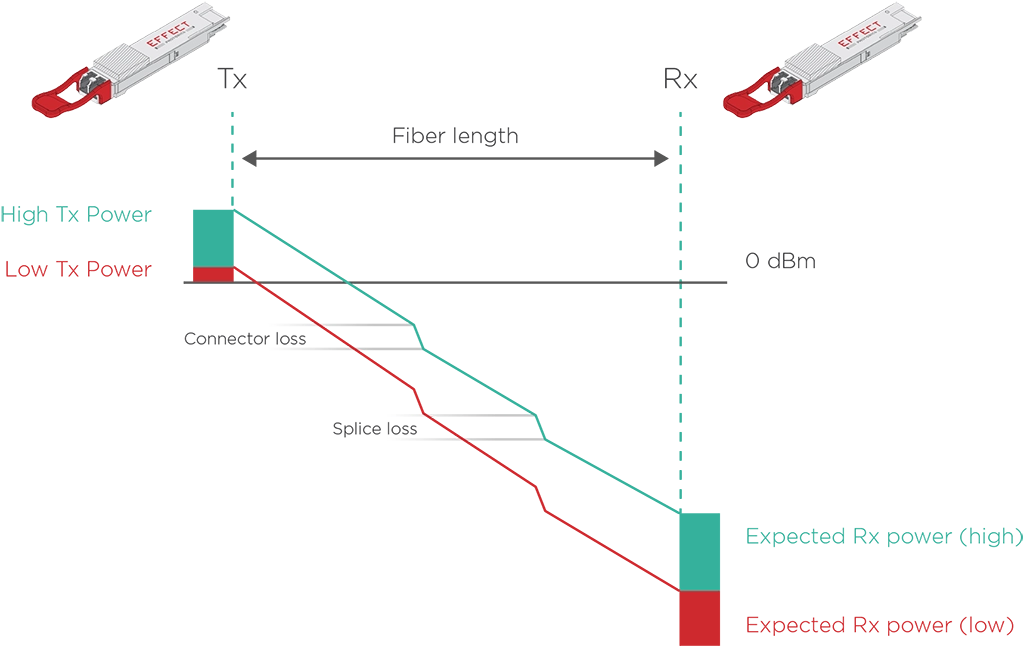Transceiver Customization for Flexible Access Networks
Let’s be honest: not every optical network problem can be solved by scaling up capacity. It’s not always cost-effective, and it’s not always sustainable. Providers and operators who want to become market leaders must scale up while also learning to allocate their existing network resources most efficiently and dynamically. For example, they must monitor their network performance frequently, providing more energy and capacity to high-traffic links while reducing power and capacity in areas with little traffic. They must find hardware that fits the rest of their network devices to a tee instead of equipment that is over- or under-specified.
Operators usually change settings in the higher network layers to adjust their networks dynamically. For example, artificial intelligence in network layer management will become a major factor in reducing the energy consumption of telecom networks. However, as networks get increasingly complex, operators need more degrees of freedom and knobs to adjust. They must customize the network and physical layers to fit the network best.
Fortunately, the new generation of pluggable transceivers gives operators more customization options than ever to change physical layer settings and adapt to these changing and growing network requirements and use cases. In this article, we will provide examples from our own pluggable transceivers and NarroWave technology.
Customization for Remote Diagnostics and Management
NarroWave sets up a separate low-frequency communication channel between two modules. This channel allows the headend module to remotely modify certain aspects of the tail-end module, effectively enabling several remote management and diagnostics options.

For example, the operator can remotely measure metrics such as the transceiver temperature and power transmitted and received. These metrics can provide a quick and useful health check of the link. The headend module can also remotely read alarms for low/high values of these metrics.
Even after buying the module, our customers can customize several variables, such as the low/high transmitter power levels, NarroWave self-tuning variables, memory behavior when turning on/off, or also the temperature and power flags and alarms. Customers also have the freedom to rewrite administrative information such as the vendor name, organization unique identifier (OUI), serial and part numbers, and passwords to access certain memory registers. These features are useful for system integrators and OEM sellers.
Customization for Easier Installation
Some of our transceiver features are customizations that make installation tasks easier. For example, setting up a network sometimes requires fibers to be repatched, which creates a loss of signal (LOS). Our NarroWave procedures include a customizable Ignore LOS (in seconds) flag that holds up the self-tuning scan and allows operators to perform maintenance duties without causing error messages at the host equipment.
These remote diagnostics and management features can eliminate certain truck rolls and save more operational expenses. They are especially convenient when dealing with very remote and hard-to-reach sites (e.g., an underground installation) that require expensive truck rolls.
Customization for Energy Sustainability
To talk about the impact of transceiver customization on energy sustainability, we first must review the concept of performance margins. This number is a vital measure of received signal quality and determines how much room there is for the signal to degrade without impacting the error-free operation of the optical link.
In the past, network designers have played it safe, maintaining large margins to ensure a robust network operation in different conditions. However, these higher margins usually require higher transmitter power and power consumption. Network management software can develop tighter, more accurate optical link budgets in real time that require lower residual margins through the remote diagnostics provided by this new generation of pluggable transceivers. This could lower the required transceiver powers and save valuable energy.

Another related sustainability feature is deciding whether to operate on low- or high-power mode depending on the optical link budget and fiber length. For example, if the transceiver needs to operate at its maximum 10G speed, it will likely need a higher performance margin and output power. However, if the operator uses the transceiver for just a 1G link, the transceiver can operate with a smaller residual margin and use a lower power setting. The transceiver uses energy more efficiently and sustainably by adapting to these circumstances.
Takeaways
Thanks to the advances in photonics and electronic integration, the new generation of pluggable transceivers has packaged many knobs and variables that previously required additional, specialized hardware that increased network complexity and costs. These advances give designers and operators more degrees of freedom than ever.
There are customizations that enable simpler remote management and diagnostics or easier installations. There are also customizable power settings that help the transceiver operate more sustainably. These benefits make access networks simpler, more affordable, and more sustainable to build and operate.
